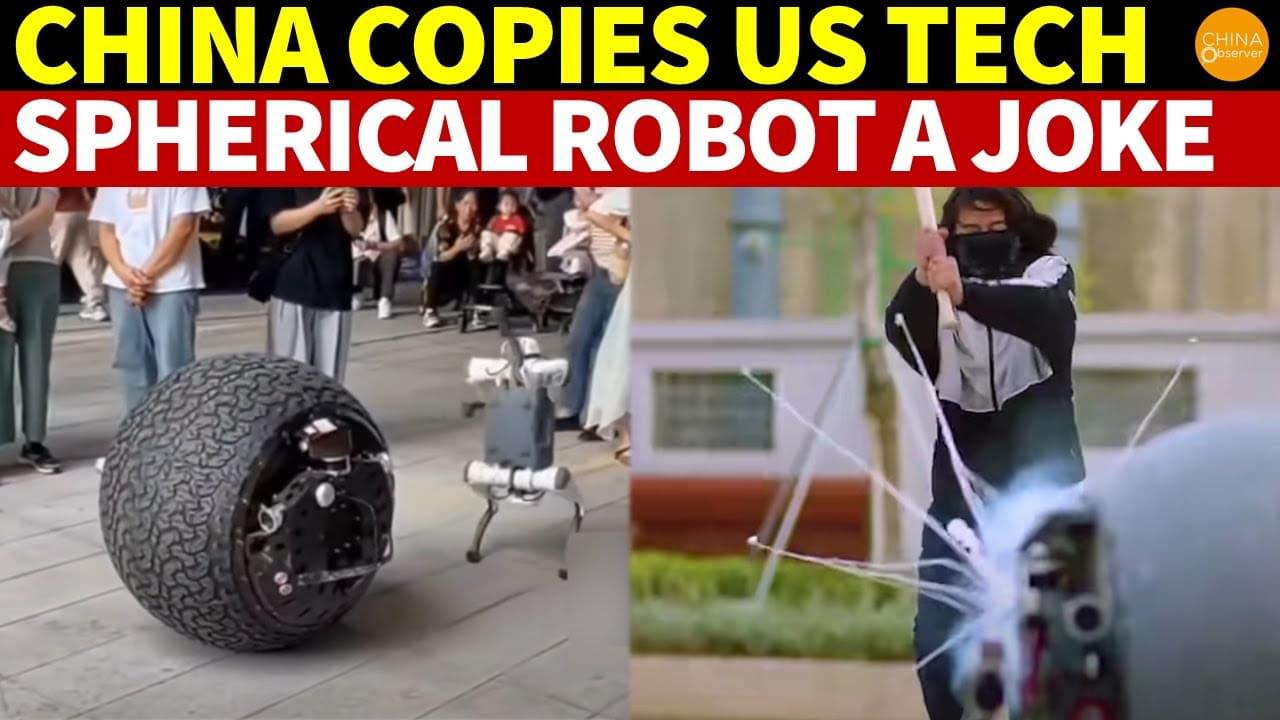
Chatbots can wear a lot of proverbial hats: dictionary, therapist, poet, all-knowing friend. The artificial intelligence models that power these systems appear exceptionally skilled and efficient at providing answers, clarifying concepts, and distilling information. But to establish trustworthiness of content generated by such models, how can we really know if a particular statement is factual, a hallucination, or just a plain misunderstanding?
In many cases, AI systems gather external information to use as context when answering a particular query. For example, to answer a question about a medical condition, the system might reference recent research papers on the topic. Even with this relevant context, models can make mistakes with what feels like high doses of confidence. When a model errs, how can we track that specific piece of information from the context it relied on — or lack thereof?
To help tackle this obstacle, MIT Computer Science and Artificial Intelligence Laboratory (CSAIL) researchers created ContextCite, a tool that can identify the parts of external context used to generate any particular statement, improving trust by helping users easily verify the statement.
Continue reading “Citation tool offers a new approach to trustworthy AI-generated content” »


 Drug-induced toxicity is one of the leading reasons new drugs fail clinical trials. Machine learning models that predict drug toxicity from molecular structure could help researchers prioritize less toxic drug candidates. However, current toxicity datasets are typically small and limited to a single organ system (e.g., cardio, renal, or liver). Creating these datasets often involved time-intensive expert curation by parsing drug label documents that can exceed 100 pages per drug. Here, we introduce UniTox[1][1], a unified dataset of 2,418 FDA-approved drugs with drug-induced toxicity summaries and ratings created by using GPT-4o to process FDA drug labels. UniTox spans eight types of toxicity: cardiotoxicity, liver toxicity, renal toxicity, pulmonary toxicity, hematological toxicity, dermatological toxicity, ototoxicity, and infertility. This is, to the best of our knowledge, the largest such systematic human in vivo database by number of drugs and toxicities, and the first covering nearly all FDA-approved medications for several of these toxicities. We recruited clinicians to validate a random sample of our GPT-4o annotated toxicities, and UniTox’s toxicity ratings concord with clinician labelers 87–96% of the time. Finally, we benchmark a graph neural network trained on UniTox to demonstrate the utility of this dataset for building molecular toxicity prediction models.
Drug-induced toxicity is one of the leading reasons new drugs fail clinical trials. Machine learning models that predict drug toxicity from molecular structure could help researchers prioritize less toxic drug candidates. However, current toxicity datasets are typically small and limited to a single organ system (e.g., cardio, renal, or liver). Creating these datasets often involved time-intensive expert curation by parsing drug label documents that can exceed 100 pages per drug. Here, we introduce UniTox[1][1], a unified dataset of 2,418 FDA-approved drugs with drug-induced toxicity summaries and ratings created by using GPT-4o to process FDA drug labels. UniTox spans eight types of toxicity: cardiotoxicity, liver toxicity, renal toxicity, pulmonary toxicity, hematological toxicity, dermatological toxicity, ototoxicity, and infertility. This is, to the best of our knowledge, the largest such systematic human in vivo database by number of drugs and toxicities, and the first covering nearly all FDA-approved medications for several of these toxicities. We recruited clinicians to validate a random sample of our GPT-4o annotated toxicities, and UniTox’s toxicity ratings concord with clinician labelers 87–96% of the time. Finally, we benchmark a graph neural network trained on UniTox to demonstrate the utility of this dataset for building molecular toxicity prediction models.













